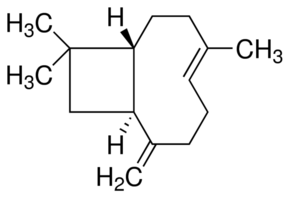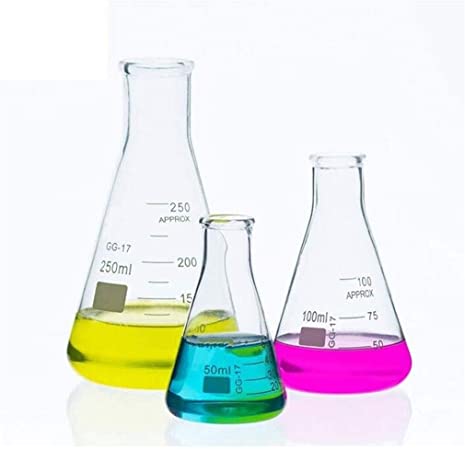| Chapitre 26 : Biological inorganic chemistry |
Page |
| The physical structure of cells |
763 |
| The inorganic composition of living organisms |
764 |
| Sodium and potassium transport |
773 |
| Calcium-signalling proteins |
775 |
| Zinc in transcription |
776 |
| Selective transport and storage of iron |
777 |
| Oxygen transport and storage |
780 |
| Electron transfer |
783 |
| Acid–base catalysis |
788 |
| Enzymes dealing with H2O2 and O2 |
793 |
| The reactions of cobalt-containing enzymes |
802 |
| Oxygen atom transfer bymolybdenum and tungsten enzymes |
805 |
| The nitrogen cycle |
807 |
| The hydrogen cycle |
810 |
| Iron proteins as sensors |
811 |
| Proteins that sense Cu and Zn levels |
813 |
| Common examples of biominerals |
814 |
| The contributions of individual elements |
815 |
| Future directions |
816 |

